02 Aug
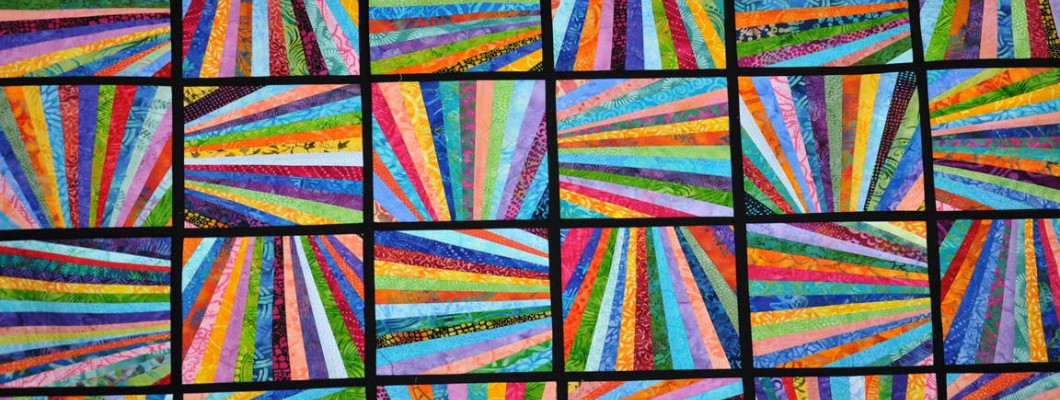

We have previously provided our readers with beginner guides on a whole variety of different topics. We aim to produce content that is helpful, easy to follow, and quick to read. After detailed guides on Machine Embroidery, we are back with another fun and easy guide.
Welcome to the Beginner’s Guide to Quilting!
What is Quilting?
Quilting is the process of sewing a minimum of three layers of fabric together to form a garment or any sort of textile product (cushions, covers, furnishings, blankets, etc). A typical quilting process requires three layers:
- The top fabric layer – quilt top.
- Batting – stuffing material.
- The backing layer – the backing fabric.
Quilting forms a sort of padded material, it is not just attaching blocks of fabrics together. Attaching pieces of fabric together is called “Patchwork”. Patchwork, however, makes up the top layer —known as the quilt top —of quilted material. Do not worry; you will know everything by the end of the guide!
Quilting Essentials
Of course! We need to gather all the quilting essentials to finally start quilting. Psst… if you have been following our guides, you would remember that we always give useful tips!
1. A Machine to Quilt!
Well yes, you can quilt by hand but it would be much easier to quilt using a machine. Any beginner sewing or embroidery machine would do the job. If you are planning on quilting primarily then you can purchase a good quilting machine. If you are planning on taking sewing, embroidery, and quilting then you can also find amazing combo machines. For occasional quilting, any sewing machine would do.
2. Fabric
You definitely need some high-quality fabric. There is a huge range of pre-cut fabric (known as precuts) available in the market, especially for quilting. These precuts can be found in various sizes, shapes, and designs. Precuts shorten the process of measuring and cutting fabric.
You can also buy single large pieces of fabrics and cut them by yourself according to your preferred size and shape. This is totally up to you. If you are planning on cutting your own fabric then, remember to measure a couple of times before cutting. Because once the fabric’s been cut, it’s cut!
What we would recommend? We think it’s best to start with precuts. Precuts would help you to get familiar with the whole process of quilting. Once you familiarize yourself with the craft, you can cut and experiment with different things!
3. Thread
Any thread would not do. You are going to require a nice quality thread to quilt. Do not buy loads of cheap thread because it will keep on breaking off and cost you even more than you were trying to save. Never compromise on the quality of the materials you are using. We have a complete guide on threads so you can easily read that by clicking the button.
4. Needles
Universal needles are great for patch-working so they can be of great help. Other than that, for proper quilting, you are going to need quilting needles. They are very easy to find and you can find plenty on Amazon. The best and most common size for quilting is a 90/14 needle.
5. An Iron
We cannot stress enough on the importance of Iron for crafters, quilters, and embroiderers! You need to have a good iron to get rid of the wrinkles and to help the textile product meld. We have a whole article dedicated to Irons. Make sure to read it to find the best irons for your crafty side!
6. Scissors
There is going to be a lot of cutting involved so, a good pair of scissors is a must! You need a great pair of scissors to help you cut fabric, threads, layers, etc. Lucky you, we have talked about scissors in detail and dug up the internet to get you the best scissors for quilting or sewing.
7. Rotary Cutter
Rotary Cutters are best when it comes to cutting long pieces of fabric accurately. Using a cutting mat along with a cutter is going to help you a lot to measure. This makes the whole process of cutting quicker and easier.
8. Cutting Mat
Cutting mat is perfect and essential for quilting! You can easily measure fabric and protect your surface from any sort of damages from the scissors or a cutter.
If you are purchasing a rotary cutter, you are going to need a cutting mat!
9. Some bits and bobs
Last but not the least, some bits and bobs like a pen, some pins, clips, etc that you may already have lying around at your home.
Tips for Quilting Beginners
- Pure Cotton is the best fabric to start quilting with. It makes up great quilting projects!
- Wash your fabric before starting your project (according to your fabric’s care symbols). Any sort of shrinking or color-bleeding would happen beforehand; saving you from a lot of frustration and hard work later.
- Please, do read the fabric’s care/laundry symbols before washing.
- Press your fabric using an iron to get rid of wrinkles.
- Again: do not forget to read the fabric’s care symbols.
- Avoid using different types of fabric in a quilt.
- The best way to iron your fabric pieces is by pressing them nicely using the weight of the iron. This would not stretch your fabric piece in any way!
- Make small quilted materials to grab a hold of the craft of quilting. Slowly progress to bigger projects.
- Choose contrasting colors and patterns.
- Utilize scraps and pieces of fabric that were left from your other projects!
- The easiest to do are the squares, the rectangles, or the blocks. As you are a beginner, focus on such patches instead!
- This was our beginner’s guide to quilting. We left some bonus tips to help you get started. Once you finish patch-working your top layer, you are almost half-way done.
If you have some sewing experience on your hand then, viola! It is going to be a piece of cake for you. Stay safely at home and quilt!
Have Fun Sewing & Embroidering!

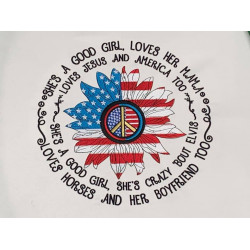

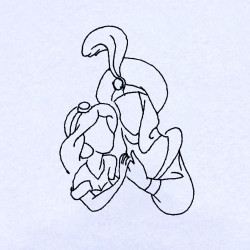

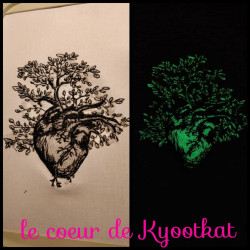
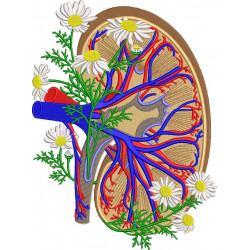

-250x250.jpg)
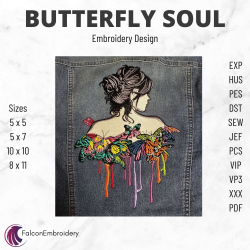
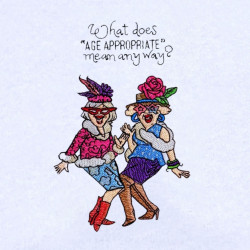
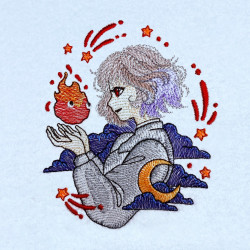
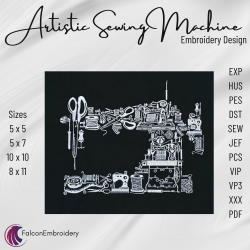
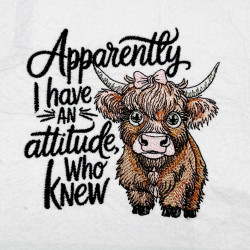


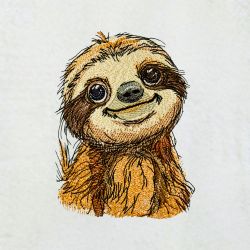
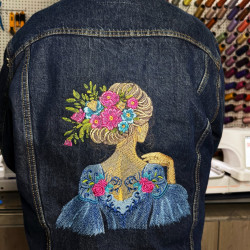
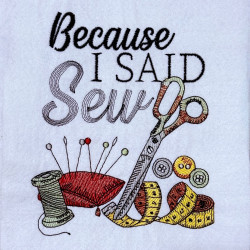

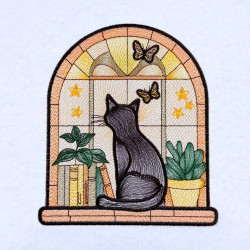
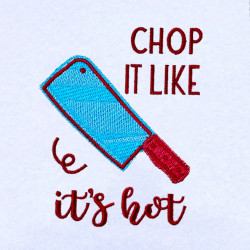
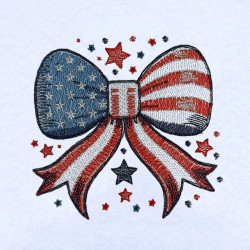
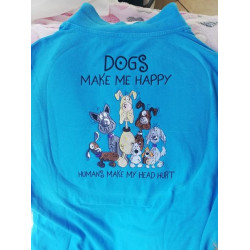

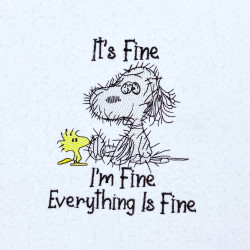
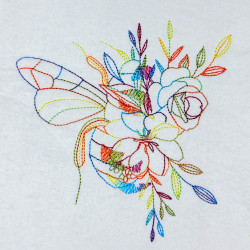





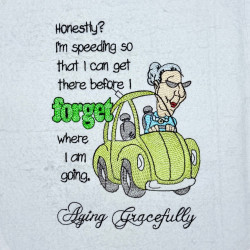
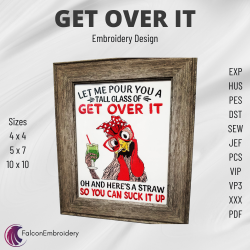
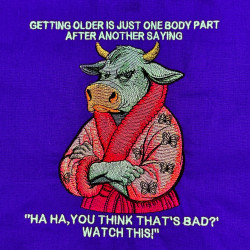
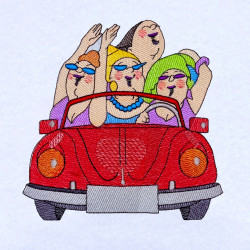
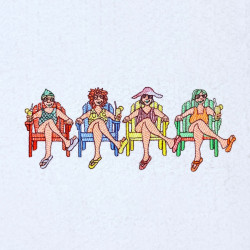

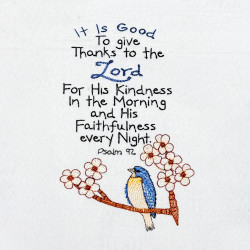

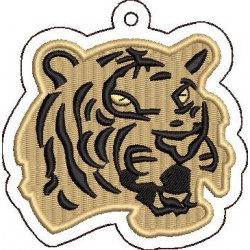
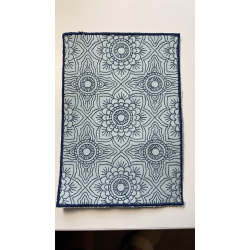
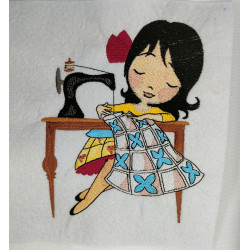
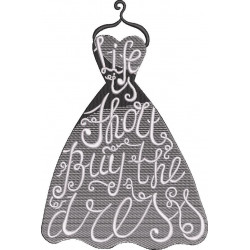
Leave a Comment